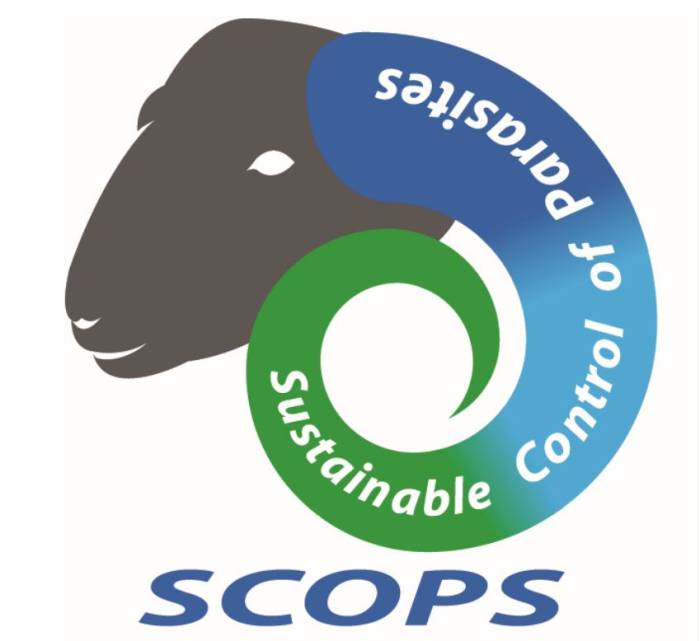14th April 2025
The recent warm spell has resulted in many areas of the country reaching temperatures that lead to the hatching of nematodirus larvae on pastures that carried lambs last spring. However, farmers and advisers must remember that this is not the only factor to consider when deciding if/when to treat lambs.
"In many places, the rise in temperatures has been early, relatively gradual, and sustained in recent weeks. This means the threat to lambs so far has been relatively low, which is borne out by few, if any, reports of disease," says Lesley Stubbings of SCOPS.
NB: In upland and cooler coastal areas, temperatures have not yet reached the trigger for hatching, so these flocks need to keep monitoring and risk assessing when lambs reach the age they are grazing. They could be at high risk if we have a return to cold weather followed by a sudden warming in the coming weeks.
Conversely, there are reports of high counts of strongyle species in hoggets and some older sheep, and these could be leading to high levels of contamination on pastures this spring. "Once we get some rain, which is forecast over Easter, we could see a rapid rise in these worm species," says Rebecca Mearns, APHA. "Our concern is that those who have treated for Nematodirus, think that’s given some ‘peace of mind’, may get caught out. If you have lambs that are 6-8 weeks old at the end of April, farmers could start taking faecal (FEC) samples to monitor the situation," she adds.
